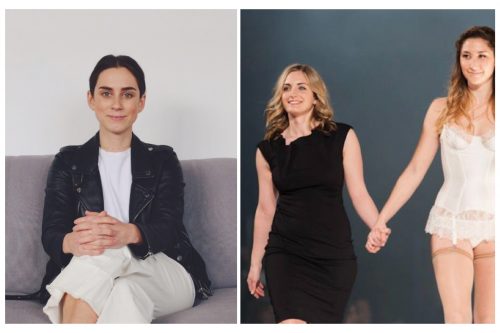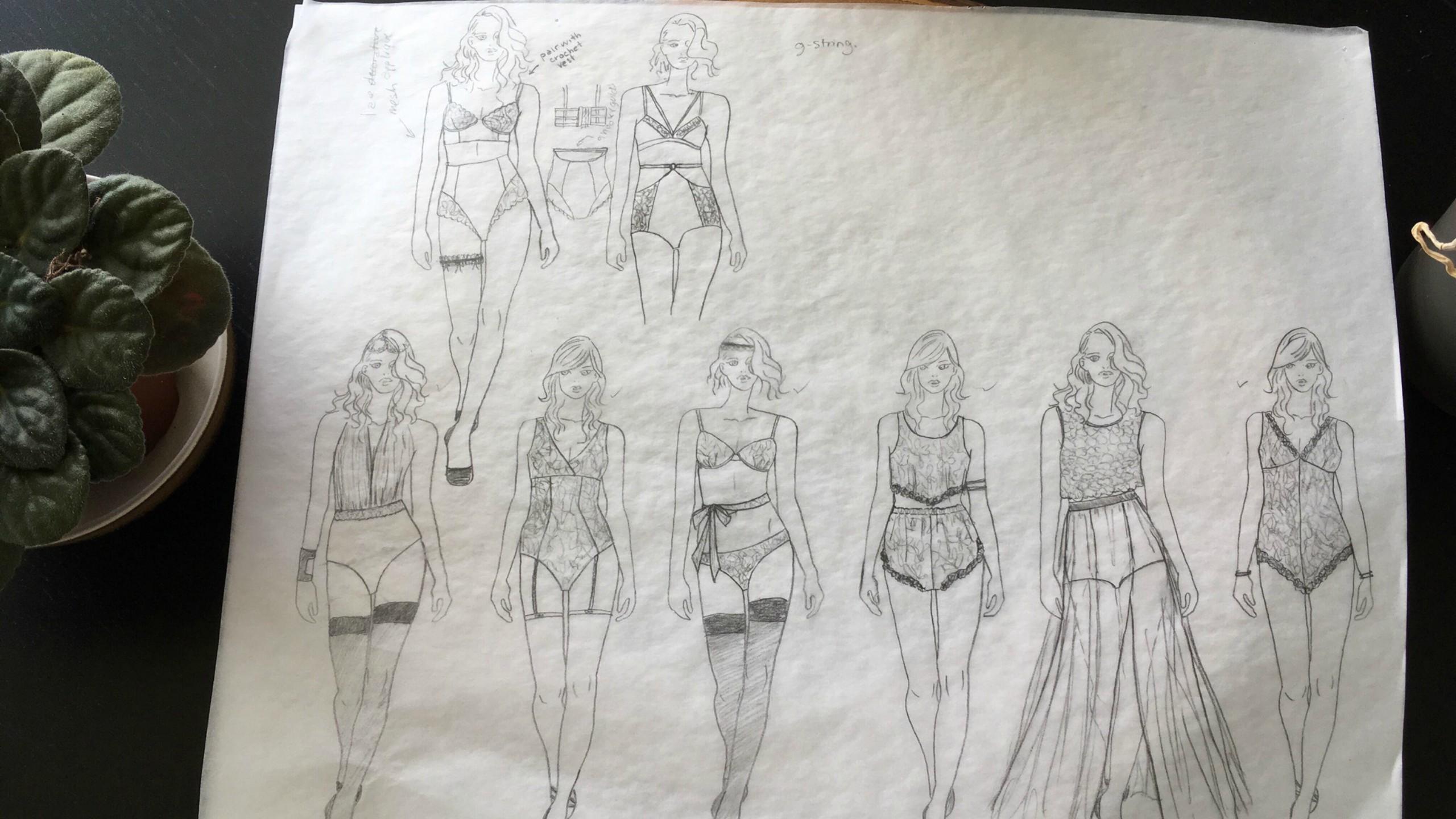By Heidi Lee
When it comes to the intimates, the business behind designing women’s undergarments can be risky and male-dominated. Ryerson fashion communication alumni, Mary Young and Shannon Coppins, are exposing their relationship with their own lingerie brands and making a difference in the industry.
In a school like Ryerson, where over 90 per cent of fashion students identify as female, the number of female leading roles in the industry is disappointing. Research shows that there are more men designing clothing for women than women themselves—in 2015, the Business of Fashion online publication found that only 14 per cent of executives in the top 50 fashion brands were women.
Such statistics are surprising, considering the lingerie business was invented by a woman. In 1913, Mary Phelps Jacob, a New York socialite, invented the modern bra to get rid of uncomfortable undergarments that damage women’s bodies.
More than 100 years later, Young’s brand is trying to do the same. Launched in fall 2014, her lingerie items embrace the natural shape of a woman’s body, and doesn’t have padding or underwire.
Coppins opened her business called Shannon Marie in 2013. It is a made-to-measure luxury lingerie brand for consumers who struggle to find well-cut undergarments.
Lingerie is not like a shirt. The fitting and the material is much more important and complex
According to Coppins, most North American manufacturers offer women narrow size ranges and are built for certain body types.
“A lot of women were forced to wear uncomfortable bras that do not give proper support,” said Coppins. “I hope to provide women with custom-sized undergarments to give the perfect fit and support they need.”
Designing a product that is sellable is important—especially considering that the industry is expected to hit $56 billion by 2024, according to a 2018 article published by retail analytical site Edited.
She said there are different challenges from the production process to delivering the product to customers.
“It is a lot of work to build something from scratch, get customers, continue to grow brand, market a brand and stand out in the noisy fashion industry,” said Young.
In a 2017 report from Toronto City Council, over 350 members in the fashion industry said there is a lack in government incentives, Canadians supporting local products, international buyers and access to bank financing. The cost of business space and staff add to the bill.
“First you have to source materials for the undergarment, then you have to make sure everything is produced on time,” said Young. “You also need to make sure that not only your price covers your costs but [is] also enabling you to profit from that product.”
Coppins realized she needed to find a full-time job to earn a steady paycheck a year after she started Shannon Marie. She is now a designer at a nursing and maternity bra company.
Her lingerie items embrace the natural shape of a woman’s body, and doesn’t have padding or underwire
“I still run my business and it’s my happy place,” she said. Aside from her collection available on Etsy—an online platform to sell and buy handcrafted products—Coppins hopes to open her own shop and get back to her business full-time in the future.
Coppins isn’t the only one who has held multiple jobs at once—also known as moonlighting. According to Statistics Canada, the percentage of people working more than one job has doubled in the last 40 years. In 2017, more than one million Canadians (17 per cent of the workforce) worked at least two jobs.
P.Y. Chau, contract lecturer at the Ryerson school of fashion, said there are not many students wanting to start their own lingerie line.
“Lingerie is not like a shirt,” said Chau. “The fitting and the material is much more important and complex.”
Chau said most bras in the market have five or six materials in each garment such as lace, spandex, elastic and foam—working with all these materials on one piece can be tricky.
“There is no time to procrastinate when you must design something that you are proud of and you need to meet deadlines,” said Coppins. Her job begins with drawing detailed sketches, picking fabrics, consulting with clients, directing photo shoots and then promoting her brand.
“Being my own designer means that I get to design and make garments that I like and that mean something to me,” she said. “I pay attention to trends, but at the end of the day I really make things that bring me joy. It’s a bonus that others love it too.”
As for Young, she said being CEO of her own company feels “surreal,” and feels empowered to see customers rethinking the idea of beauty and seeing themselves in a positive light after buying her products.












Leave a Reply